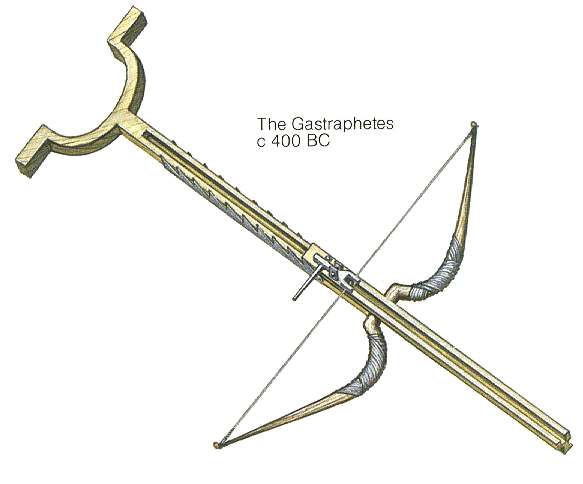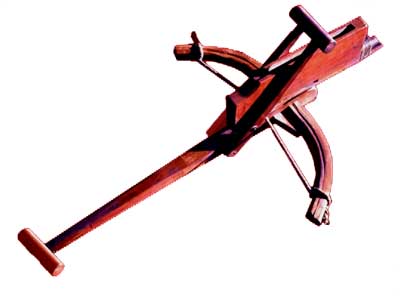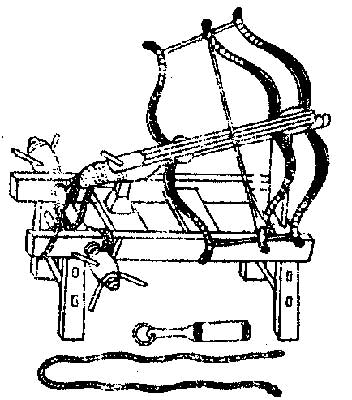-With regard to stone slingers, may I venture rate of fire?
-Also, crossbowmen are probably arrayed in relatively dense formations against horse archers, concentrating their firepower. The German infantry were probably using dispersed formations.
-What about Chinese chariots? It was argued on another thread that Chinese chariots were superior to their Western counterparts due to the horse collar, giving them about 150% the pull-strength with only half the horses.
-For Chinese Crossbows, does anyone have a quote on the draw-strength of the Parthian bow? If you claim Persians were light infantry, and that the Parthians fought mostly the Persians, one would tend to use a lower draw-strength in order to increase rate of fire.
-And what about the Chinese professional army? Both the Qin and the Han had a core professional army. What were their specializations, and what were their capabilities? Even with a conscript army; you'd still need an elite within the ranks. They need to hold the line until you can conscript and train your citizenry, and later on, they'll provide an elite hammer to your conscript shield. The Persians, for example, had ten thousand immortals; who were brutalized by the Spartans, of course.
Crobato:
My point was that the Chinese failed to develop medieval heavy cavalry for some reason, and because of that, the Chinese first failed to develop cranked crossbows. Is that because the Song dynasty lacked grazing land for cavalry? You guys had a conversation on CHF about how the Southern Song never really had the cavalry to retake the north. It could also be terrain; Northern China favors cavalry, Southern China favors infantry.
-And could cranked crossbows ever defeat heavy cavalry? Supposedly in Agincourt, the English only won because of terrain.
-Also, crossbowmen are probably arrayed in relatively dense formations against horse archers, concentrating their firepower. The German infantry were probably using dispersed formations.
-What about Chinese chariots? It was argued on another thread that Chinese chariots were superior to their Western counterparts due to the horse collar, giving them about 150% the pull-strength with only half the horses.
-For Chinese Crossbows, does anyone have a quote on the draw-strength of the Parthian bow? If you claim Persians were light infantry, and that the Parthians fought mostly the Persians, one would tend to use a lower draw-strength in order to increase rate of fire.
-And what about the Chinese professional army? Both the Qin and the Han had a core professional army. What were their specializations, and what were their capabilities? Even with a conscript army; you'd still need an elite within the ranks. They need to hold the line until you can conscript and train your citizenry, and later on, they'll provide an elite hammer to your conscript shield. The Persians, for example, had ten thousand immortals; who were brutalized by the Spartans, of course.
Crobato:
My point was that the Chinese failed to develop medieval heavy cavalry for some reason, and because of that, the Chinese first failed to develop cranked crossbows. Is that because the Song dynasty lacked grazing land for cavalry? You guys had a conversation on CHF about how the Southern Song never really had the cavalry to retake the north. It could also be terrain; Northern China favors cavalry, Southern China favors infantry.
-And could cranked crossbows ever defeat heavy cavalry? Supposedly in Agincourt, the English only won because of terrain.
Last edited:



